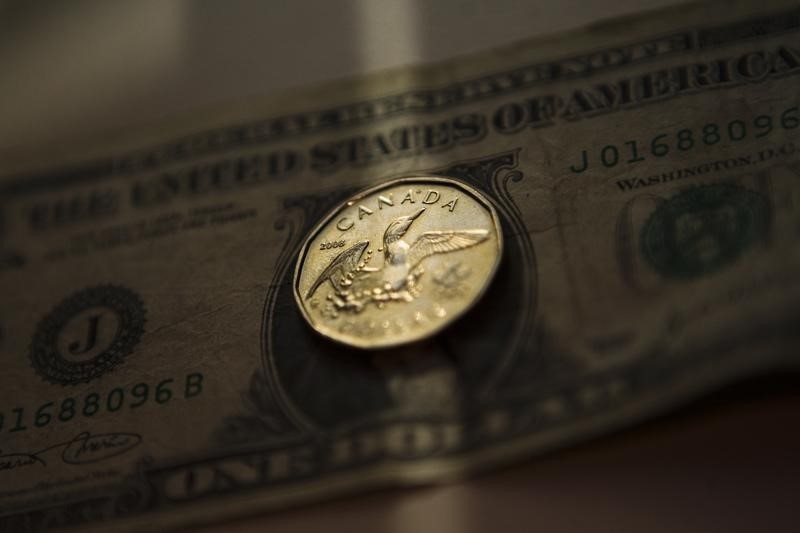Investing.com - The U.S. dollar fell to fresh nine-month lows against its Canadian counterpart on Friday, as tepid U.S. data give little reason to support the greenback, while Canadian economic growth data came in line with expectations.
USD/CAD hit 1.2500 during early U.S. trade, the pair’s lowest since July 2015; the pair subsequently consolidated at 1.2515, shedding 0.33%.
The pair was likely to find support at 1.2470 and resistance at 1.2695, Wednesday’s high.
The U.S. Commerce Department said that personal spending increased by 0.1% last month, worse than expectations for a 0.2% increase, while February’s number was revised up to a gain of 0.2% from a previously reported rise of 0.1%.
Personal income, meanwhile, rose 0.4% in March, above forecasts for a 0.3% gain and after rising 0.1% a month earlier.
The core PCE price index inched up 0.1% last month, in line with expectations and after rising 0.2% in February.
The greenback had already broadly weakened after the Bank of Japan chose on Thursday to hold its monetary policy, defying market expectations for additional monetary easing.
The decision came a day after the Federal Reserve left interest rates unchanged close to zero on Wednesday and offered little guidance on future rate hikes.
In Canada, official data on Friday showed that Canada’s gross domestic product fell 0.1% in February, in line with expectations and after 0.6% rise the previous month.
The loonie was lower against the euro, with EUR/CAD gaining 0.42% to 1.4313.
The single currency found support after Eurostat reported that the euro area’s GDP rose 0.6% in the first quarter, up from 0.3% in the three months to December and beating expectations for a growth rate of 0.4%.
On a year-on-year basis, the bloc’s GDP rose 1.6% in the first quarter.
A separate report showed that euro zone consumer price inflation fell by 0.2% this month, worse than expectations for a 0.1% decline, and following a final reading of 0.0% in March.
